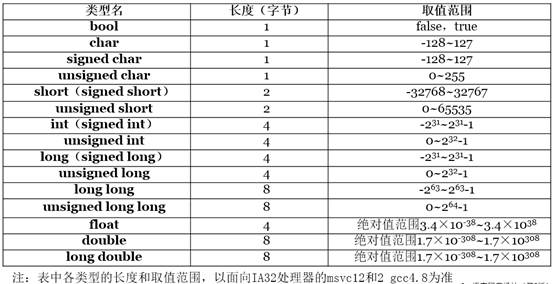I am working on adding drag-able labels on top of a background image, where the labels are images with a transparent background. The images used for the label themselves are transparent, but the Label itself is not transparent in relation to its parent canvas. Since the labels are drag-able, I can't easily use the parent image for label, and paste the transparent image on top.

The dragon is a drag-able label, with a transparent background, but you see that the label itself is not transparent, and covers the canvas image.
The dragon image itself has a transparent background, as the normal background is blue, so I know the issue is with the label transparency.
The desired behavior would be to allow the label to be transparent, so when the image on the label is transparent, the label should show through to the image below.
Here is a minimal example:
from PIL import Image, ImageTk
import numpy as np
import tkinter as tk
#Creates a blue square with a transparent border
blue_square_transparent_border = [[[0,0,0,0]]*100]*10 + [[[0,0,0,0]]*30 + [[0,0,255,255]]*40 + [[0,0,0,0]]*30]*40 + [[[0,0,0,0]]*100]*10
blue_square_transparent_border = np.array(blue_square_transparent_border, dtype='uint8')
#convert numpy array to PIL image
pil_image = Image.fromarray(blue_square_transparent_border)
root = tk.Tk()
root.configure(background='red')
#convert PIL image to tkinter image
tk_image = ImageTk.PhotoImage(pil_image)
#create label
image_label = tk.Label(root, image=tk_image)
image_label.pack()
root.mainloop()
What I would like to see is a blue square, on a red background, with no border. In the above example though, the border of grey appears, as it is the label being seen through the transparent image; it is easy to see this when you resize the window. I suspect if the label were transparent, this would solve my issues.
Any help would be great, Thanks!
If you want to drag partially transparent images (like the dragon) over a background image, you can do it with a Canvas:
The idea is not to use labels, but the create_image method of the Canvas.
First, display your background image with canvas.create_image(0, 0, image=background_image, anchor='nw'), then display all the draggable images with the tag 'draggable': canvas.create_image(x, y, image=draggable_image, anchor='nw', tag='draggable'). Finally, bind the tag 'draggable' to mouse events.
Here is an example:
import tkinter as tk
import numpy as np
from PIL import Image, ImageTk
# drag callbacks
dragged_item = None
current_coords = 0, 0
def start_drag(event):
global current_coords
global dragged_item
result = canvas.find_withtag('current')
if result:
dragged_item = result[0]
current_coords = canvas.canvasx(event.x), canvas.canvasy(event.y)
else:
dragged_item = None
def stop_drag(event):
dragged_item = None
def drag(event):
global current_coords
xc, yc = canvas.canvasx(event.x), canvas.canvasy(event.y)
dx, dy = xc - current_coords[0], yc - current_coords[1]
current_coords = xc, yc
canvas.move(dragged_item, dx, dy)
#Create pictures
blue_square_transparent_border = [[[0,0,0,0]]*100]*10 + [[[0,0,0,0]]*30 + [[0,0,255,255]]*40 + [[0,0,0,0]]*30]*40 + [[[0,0,0,0]]*100]*10
blue_square_transparent_border = np.array(blue_square_transparent_border, dtype='uint8')
pil_image = Image.fromarray(blue_square_transparent_border)
background_data = np.zeros((200, 400, 4))
background_data[:, :, 0] = 255 * np.ones((200, 400))
background_data[:, :, 3] = 255 * np.ones((200, 400))
background_data = np.array(background_data, dtype='uint8')
pil_image_bg = Image.fromarray(background_data)
# create GUI
root = tk.Tk()
background_image = ImageTk.PhotoImage(pil_image_bg)
tk_image = ImageTk.PhotoImage(pil_image)
canvas = tk.Canvas(root, width=400, height=200)
canvas.pack()
# bind 'draggable' tag to mouse events
canvas.tag_bind('draggable', '<ButtonPress-1>', start_drag)
canvas.tag_bind('draggable', '<ButtonRelease-1>', stop_drag)
canvas.tag_bind('draggable', '<B1-Motion>', drag)
# display pictures
canvas.create_image(0, 0, image=background_image, anchor='nw')
canvas.create_image(0, 0, image=tk_image, anchor='nw', tag='draggable')
root.mainloop()




